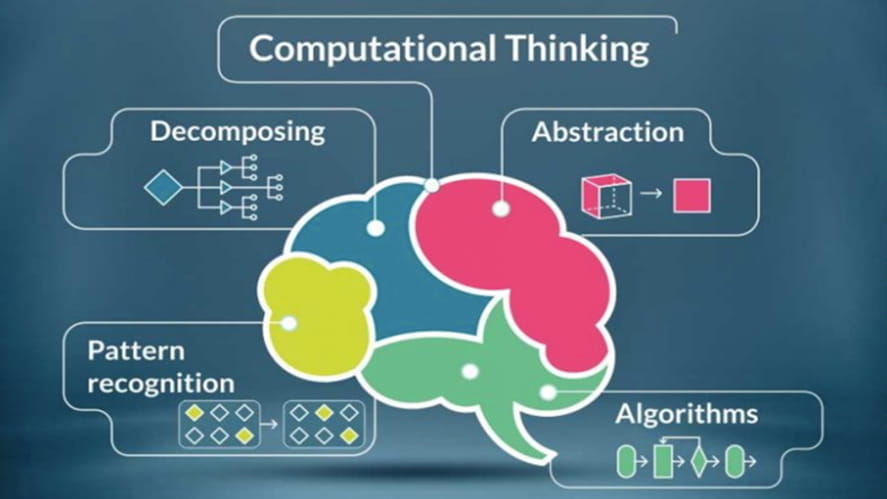We use cookies to improve your online experiences. To learn more and choose your cookies options, please refer to our cookie policy.

For some people, the term “Computational Thinking” (CT) invokes the idea of emotionless decision making and the application of inflexible procedures. The modern interpretation of CT and how it is being used in education, across different subject areas, is a much more complex, human process. Students at The British School of Nanjing are using the foundational elements of CT to solve problems, make logical decisions, find patterns and create procedures which can be applied to help them become more efficient learners.
The main elements of CT are decomposing a problem into its main elements, abstracting to not get lost in the finer details, which then allows patterns to be found from which a set of ordered steps, or an algorithm can be derived.
In preparing the current generation for the ‘fourth industrial revolution’ (caused by the combination of big data, artificial intelligence and robotics) there is a world-wide educational movement that believes that Computational Thinking should become much more front and center in schools.
The UK, Singapore, Japan, Finland and other countries have taken a programming-centered approach to CT integration and some advocates suggest that mathematics is the subject that requires the most changes in order to equip students with the CT literacy skills required for 21st century citizenship.
However, whilst in Computer Science at The British School of Nanjing students are explicitly taught the components of CT, the principles of this approach to problem solving are incorporated across the curriculum. Charts, concept maps, mind maps and specialised maps in the social sciences are all examples of abstraction; a science practical report uses the scientific method, which itself is a way of decomposing hypothesis testing into an algorithm…
...and after all, everything from language to mathematics; art to music is largely founded in the identification, description and application of patterns.